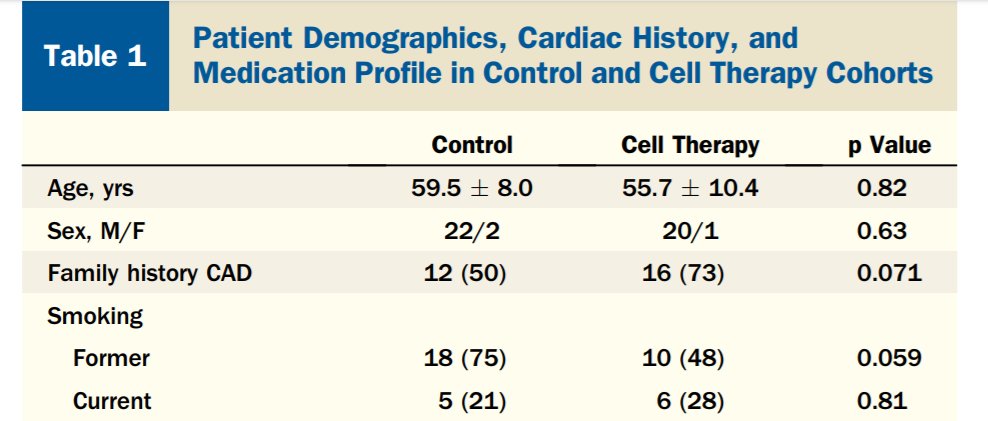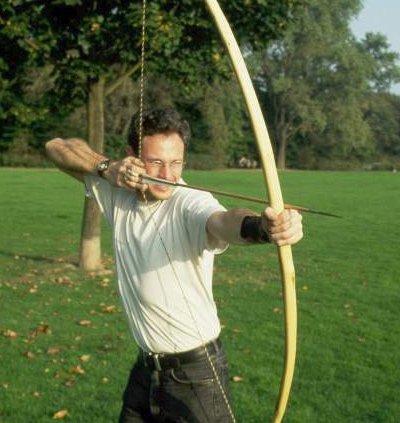RELATIVE RISK, ODDS RATIO, HAZARD RATIO
=============================
What are they?
Why do we need 3 of the damn things?
Which should I use?
Are they the same, or different, or a bit samey?
An #ORBITA-HQ #tweetorial.
#Meded #FOAMed
=============================
What are they?
Why do we need 3 of the damn things?
Which should I use?
Are they the same, or different, or a bit samey?
An #ORBITA-HQ #tweetorial.
#Meded #FOAMed
All 3 of these are about comparing the scale of dangerousness of one thing AGAINST ANOTHER.
Suppose you are walking through an unfamiliar forest and the road comes to a fork: you have to choose one path.
As you stand, uncertain, a troll pops out of the ground.
Suppose you are walking through an unfamiliar forest and the road comes to a fork: you have to choose one path.
As you stand, uncertain, a troll pops out of the ground.
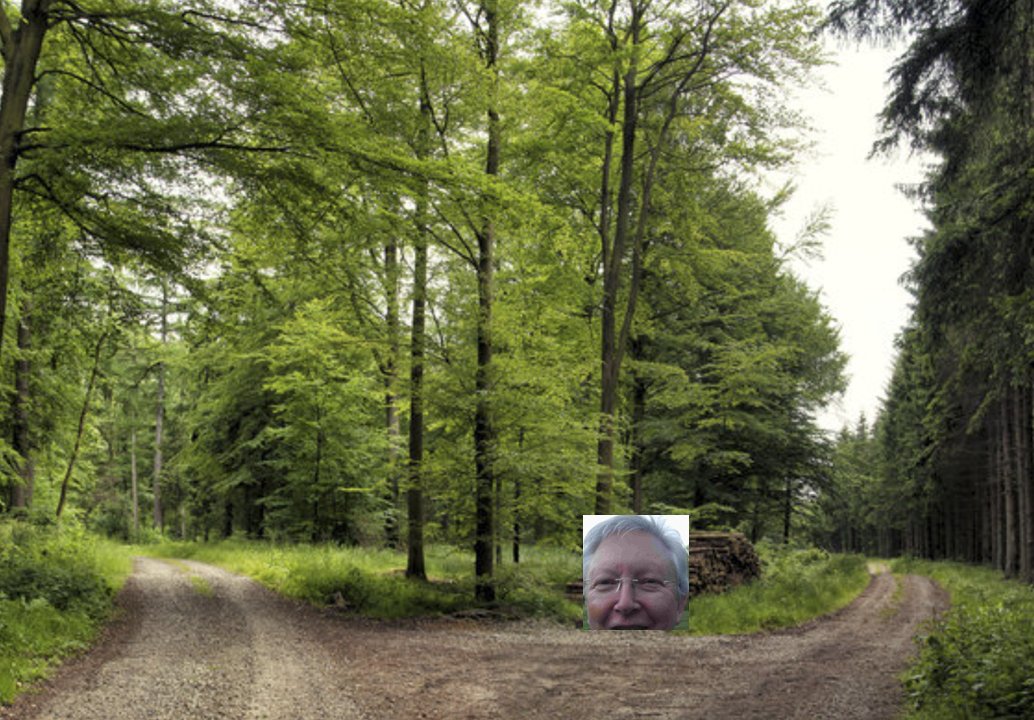
You ask for advice on which path is safer.
As always, the advice he offers is scrupulously correct, but not necessarily instantly interpretable to the layperson.
As always, the advice he offers is scrupulously correct, but not necessarily instantly interpretable to the layperson.

Taking pity on your puzzlement, he simplifies his message.
"I have just finished randomly advising 2000 indviduals to go left or to go right. Of the 1000 who went left, 10 were killed and eaten by wolves. Of the 1000 who went right, only 5 suffered that fate."
"I have just finished randomly advising 2000 indviduals to go left or to go right. Of the 1000 who went left, 10 were killed and eaten by wolves. Of the 1000 who went right, only 5 suffered that fate."
What was the RISK of primary endpoint of wolf-mediated-eatage, for those randomized to the left path?
And the RISK observed in the right path?
So, in very simple terms, how "dangerous" is the right path, relative to how dangerous the left path is?
And that, very simply, is relative RISK.
[For the same number of people going down each path] how many TIMES more deaths in the path being described, than in the other (control) path.
So that's it. We can go home now.
Bye bye!
[For the same number of people going down each path] how many TIMES more deaths in the path being described, than in the other (control) path.
So that's it. We can go home now.
Bye bye!

Er, sorry, no.
This is the ACTUAL weekend tweetorial. No actual weekend tweetorial has ever been so easy and painless.
Nobody is crying yet so there must be more.
This is the ACTUAL weekend tweetorial. No actual weekend tweetorial has ever been so easy and painless.
Nobody is crying yet so there must be more.
The troll was, of course, tricking you.
He reveals that the primary endpoint of "wolf-mediated-eatage AT 60 MINUTES" was only recently implemented.
An independent advisory panel set this when the earlier primary endpt, long-term wolf-mediated-eatage, was deemed unsatisfactory.
He reveals that the primary endpoint of "wolf-mediated-eatage AT 60 MINUTES" was only recently implemented.
An independent advisory panel set this when the earlier primary endpt, long-term wolf-mediated-eatage, was deemed unsatisfactory.

The actual forest is enormous, taking about 500 hours to cross.
What proportion of people in the control path SURVIVED the trial?
Assume an attrition rate of 1% per hour: during each hour 1% of those alive at the beginning of the hour, find themselves relocated inside a wolf.
What proportion of people in the control path SURVIVED the trial?
Assume an attrition rate of 1% per hour: during each hour 1% of those alive at the beginning of the hour, find themselves relocated inside a wolf.
And in the ACTIVE (right) path, what proportion of people survived the whole trial?
Hint:
Remember, the 5/1000 mortality each hour means the probability of surviving ONE hour, assuming one was alive at the start of it, is 995/1000.
Got to do that all 500 times.
Hint:
Remember, the 5/1000 mortality each hour means the probability of surviving ONE hour, assuming one was alive at the start of it, is 995/1000.
Got to do that all 500 times.
Sad face.
The intellectual vanguard of the Tweetorial-do'ers don't seem to be in evidence today.
The intellectual vanguard of the Tweetorial-do'ers don't seem to be in evidence today.
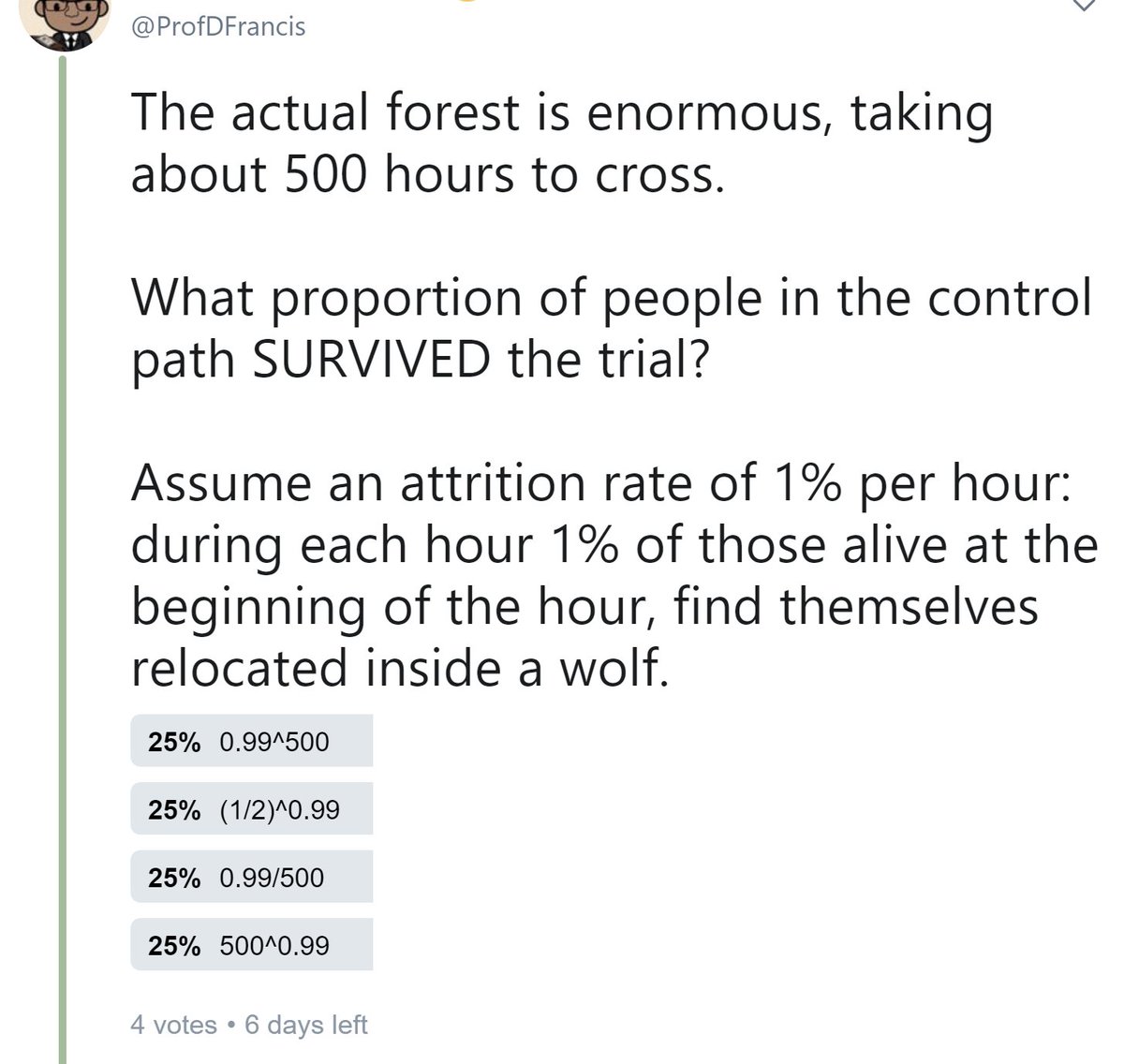
---------------------------------------------
|
| Side note for clarification
|
|
Maybe people don't all know this
Maybe not have recognised "^" as denoting "raised to the power of"
If you got the above two right, you can skip this side note.
|
| Side note for clarification
|
|
Maybe people don't all know this
Maybe not have recognised "^" as denoting "raised to the power of"
If you got the above two right, you can skip this side note.
Winning a game of chance repeatedly is hard. For example, the game of "throw a coin once, and get Heads", is fairly easy: you have a 50% chance of succeeding.
But "throw it 10 times, and get heads every time" is much harder.
The chance of succeeding is
(1/2)x(1/2)x(1/2)x.....x(1/2) i.e. 10 lots of "(1/2)" being multiplied together.
The chance of succeeding is
(1/2)x(1/2)x(1/2)x.....x(1/2) i.e. 10 lots of "(1/2)" being multiplied together.
The math shorthand for "the number b, written down n times, and all multiplied together" is: 

On Twitter I am too lazy to show this properly. (It is just about possible with unicode decimal digit superscripts, but life is too short, and wolves are at the door).
So I've done what we do in many computer languages, Excel etc: the "^" symbol means "raised to the power".
So I've done what we do in many computer languages, Excel etc: the "^" symbol means "raised to the power".
The "10 heads in a row" probability would be written
(1/2)^10.
I've written brackets around the 1/2, to stop anyone from thinking I mean 1 divided by: 2^10
(1/2)^10.
I've written brackets around the 1/2, to stop anyone from thinking I mean 1 divided by: 2^10
In general if the probability of SURVIVING an hour is P, the probability of surviving N hours is P^N.
The one catch is that most often people give you the probability of DYING. Remember that the "^N" formula only works for SURVIVAL probabilities.
END OF SIDE BAR
---------------
The one catch is that most often people give you the probability of DYING. Remember that the "^N" formula only works for SURVIVAL probabilities.
END OF SIDE BAR
---------------
OK back to the troll and the enormous forest.
At 15 votes, the majority are right on the last two questions.
For 500 hours, the probabilities of SURVIVING are as follows:
0.7% in the control arm
8.2% in the active arm.
Hmmm...
At 15 votes, the majority are right on the last two questions.
For 500 hours, the probabilities of SURVIVING are as follows:
0.7% in the control arm
8.2% in the active arm.
Hmmm...
The New England Journal of Monsters reports the landmark paper.
"Troll-mediated decision-making MORE THAN 10 TIMES SAFER than the traditional visually guided approach."
"Troll-mediated decision-making MORE THAN 10 TIMES SAFER than the traditional visually guided approach."
Guidelines adopt it voraciously.
"Ignore your eyes.
Troll Never Lies."
Class I, Level of evidence D
Transatlantic Society of Monsterology
"Ignore your eyes.
Troll Never Lies."
Class I, Level of evidence D
Transatlantic Society of Monsterology
But is it really ~10 times safer?
It was only half as dangerous earlier.
How can it have become much, much better than the other arm?
Let's all think about this and catch up to this point, and then I will go further.
[Night night, sleep tight, don't let the wolves bite.]
It was only half as dangerous earlier.
How can it have become much, much better than the other arm?
Let's all think about this and catch up to this point, and then I will go further.
[Night night, sleep tight, don't let the wolves bite.]
At that 500 hour timepoint, what are the risks of death in the two arms?
Control and Active arms, respectively:
Control and Active arms, respectively:
So what is the RELATIVE RISK in the active arm, using the control arm as reference?
This comes to 0.924.
The relative risk of the active arm is 0.924, in comparison to the control arm.
Is this 10 times safer?
The relative risk of the active arm is 0.924, in comparison to the control arm.
Is this 10 times safer?
So in this one example, we have seen TWO problems with Relative Risk.
(A) Lack of symmetry
At 500 hours, there is [~12 more probability] of SURVIVAL, but only a [very slightly lower] probability of DEATH
(A) Lack of symmetry
At 500 hours, there is [~12 more probability] of SURVIVAL, but only a [very slightly lower] probability of DEATH
(B) Limited scope for badness
When risk becomes high, it can't get much higher
One way to say this is, "once you are dead, you can't get killed again".
Professor GW Bush put it more elegantly:
When risk becomes high, it can't get much higher
One way to say this is, "once you are dead, you can't get killed again".
Professor GW Bush put it more elegantly:
ODDS RATIO
=========
Using ODDS and ODDS RATIOS, instead of risk and relative risk, fixes the first problem.
(It also allows us to deal with case-control studies, but that is for another day. Probably the 32nd of Nevember 2999 as I don't like case-control studies).
=========
Using ODDS and ODDS RATIOS, instead of risk and relative risk, fixes the first problem.
(It also allows us to deal with case-control studies, but that is for another day. Probably the 32nd of Nevember 2999 as I don't like case-control studies).
The ODDS of a thing is similar to the PROBABILITY (also called RISK or CHANCE) of that thing, EXCEPT that "on the bottom you put the probability of the thing NOT happening".
e.g. imagine a die being thrown:
e.g. imagine a die being thrown:
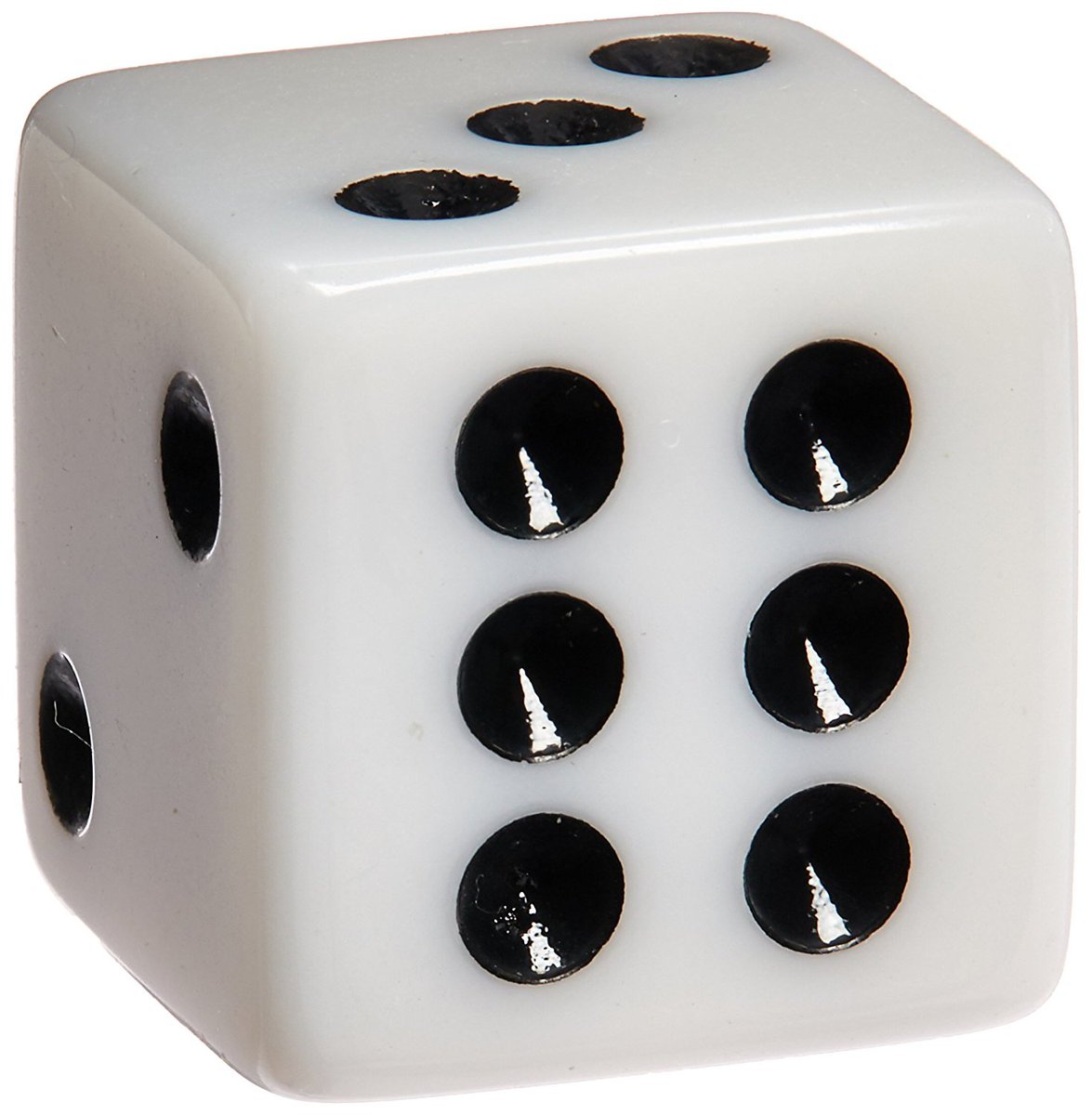
What is the PROBABILITY (synonymous with RISK or CHANCE) of throwing a 6?
This is defined as:
The number of ways of WINNING
-------------------------------------
The number of ways of throwing
Hint: this is an easy Question, in case you are thinking your answer is too obvious
This is defined as:
The number of ways of WINNING
-------------------------------------
The number of ways of throwing
Hint: this is an easy Question, in case you are thinking your answer is too obvious
The ODDS are defined similarly, except instead of the denominator ("below the line") being "total number of ways", it is "number of ways of LOSING":
ODDS =
Number of ways of WINNING
---------------------------------
Number of ways of LOSING
What is this?
ODDS =
Number of ways of WINNING
---------------------------------
Number of ways of LOSING
What is this?
Notice something slightly interesting. Not only can you write
Odds = ways of winning / ways of losing
... but you can also write it as:
Odds = Prob of winning / Prob of losing.
To see this in action, what is the PROB of winning, divided by PROB of losing?
Odds = ways of winning / ways of losing
... but you can also write it as:
Odds = Prob of winning / Prob of losing.
To see this in action, what is the PROB of winning, divided by PROB of losing?
In the correct answer above, the denominators (bottom numbers) of the fractions are the same, so can be cancelled.
Does the result come out to be the same as the odds you _directly_ calculated as "Ways of winning ÷ Ways of losing"?
Does the result come out to be the same as the odds you _directly_ calculated as "Ways of winning ÷ Ways of losing"?
OK let us look at one of the advantages of ODDS RATIO.
At the 500 hour timepoint:
Control arm, mortality = 1-0.99^500 = 0.993.
Active arm, mortality = 1-0.995^500 = 0.918
At ONE hour, relative risk was 0.50.
What is the RELATIVE RISK of the active arm at 500 h?
At the 500 hour timepoint:
Control arm, mortality = 1-0.99^500 = 0.993.
Active arm, mortality = 1-0.995^500 = 0.918
At ONE hour, relative risk was 0.50.
What is the RELATIVE RISK of the active arm at 500 h?
This comes to 0.924.
Does this 500-hour relative risk resemble the one-hour relative risk of 0.50?
Does this 500-hour relative risk resemble the one-hour relative risk of 0.50?
The reason they are so different is the GW Bush Syndrome, "errr.... you can't get killed again."
Let's try it by ODDS ratio.
In the control arm first
-------------------------
Probability of survival at 500 hours is .99^500 = 0.007.
What is the ODDS of survival at 500 hours?
Let's try it by ODDS ratio.
In the control arm first
-------------------------
Probability of survival at 500 hours is .99^500 = 0.007.
What is the ODDS of survival at 500 hours?
Hint:
Odds is
PROBABILITY OF IT HAPPENING
---------------------------------------
PROBABILITY OF IT *NOT* HAPPENING
Odds is
PROBABILITY OF IT HAPPENING
---------------------------------------
PROBABILITY OF IT *NOT* HAPPENING
And in the ACTIVE arm (lower risk),
Probability of survival at 500 hours is 0.995^500 = 0.082.
What is the ODDS of survival at 500 hours?
Probability of survival at 500 hours is 0.995^500 = 0.082.
What is the ODDS of survival at 500 hours?
Answers:
Odds of 500-hour survival
in the CONTROL arm: 0.007
(because 0.007 divided by almost 1 is still ~0.007)
in the ACTIVE arm: 0.089
So what is the ODDS RATIO for SURVIVAL at 500 hours, ACTIVE arm versus control?
Odds of 500-hour survival
in the CONTROL arm: 0.007
(because 0.007 divided by almost 1 is still ~0.007)
in the ACTIVE arm: 0.089
So what is the ODDS RATIO for SURVIVAL at 500 hours, ACTIVE arm versus control?
ODDS RATIO for SURVIVAL comes out to be 13.4.
Let's try the ODDS RATIO for DEATH, at 500h
In control arm:
Prob of death = 1-0.99^500 = 0.993
ODDS of DEATH =
In control arm:
Prob of death = 1-0.99^500 = 0.993
ODDS of DEATH =
This turns out to be 151.
Hmm... not good.
And in the ACTIVE arm?
Prob of death = 1-0.995^500 = 0.918
ODDS of death =
Hmm... not good.
And in the ACTIVE arm?
Prob of death = 1-0.995^500 = 0.918
ODDS of death =
OK the 500-hour odds of death are:
Active arm: 11
Control arm: 151
What is the ODDS RATIO of death in the active versus control arms?
Active arm: 11
Control arm: 151
What is the ODDS RATIO of death in the active versus control arms?
Oh! The answer turns out to be roughly 1/13.
Is that strange?
Earlier, we calculated that
ODDS RATIO for SURVIVAL is about 13
Now we are finding that
ODDS RATIO for DEATH is about 1/13
Is that strange?
Earlier, we calculated that
ODDS RATIO for SURVIVAL is about 13
Now we are finding that
ODDS RATIO for DEATH is about 1/13
It's not strange at all!
Do you remember the definition of ODDS?
Odds of dying = P(dying) / P(living)
Odds of living = P(living) / P(dying)
Do you remember the definition of ODDS?
Odds of dying = P(dying) / P(living)
Odds of living = P(living) / P(dying)
Odds ratios invert in a different way to probabilities.
Prob (Ajay is NOT annoyed) = 1 - Prob (Ajay IS annoyed)
But
Odds (Ajay is NOT annoyed) = Odds (Ajay IS annoyed) *UPSIDE DOWN*
Prob (Ajay is NOT annoyed) = 1 - Prob (Ajay IS annoyed)
But
Odds (Ajay is NOT annoyed) = Odds (Ajay IS annoyed) *UPSIDE DOWN*
Therefore:
"Probabilities are best for adding-and-subtracting
Odds are best for multiplying-and-dividing*"
A Einstein
J Not Quite True But Useful Rules Thumb, 2018
"Probabilities are best for adding-and-subtracting
Odds are best for multiplying-and-dividing*"
A Einstein
J Not Quite True But Useful Rules Thumb, 2018
In some senses Odds is a more fair and unbiased way to cover the spectrum of chance, since it carries on being interested in changes in chance even when probability gets close to 1.
For example, at 500 hours, in the control arm you have a 99.3% chance of being dead. Spending a further hour doesn't change that probability much: it is still 99.3%.
But ODDS of death are 151.2, and rise to 152.7 after just an hour.
But ODDS of death are 151.2, and rise to 152.7 after just an hour.
Mathematicians and statisticians sometimes make Odds even more even-handed by taking the LOG of the Odds.
This is useful because very small probabilities and therefore odds (e.g. 0.0001) turn into negative numbers, while high probabilities (e.g. 0.999) turn into very large odds and therefore positive numbers.
This allows a squashed up range of numbers in probability space, hemmed into a very tight space between 0 and 1,
To open up into a vast vista from -infinity to +infinity, centered on logOdds of 0, representing "Meh, 50:50!"
Many statistical models treat probability by turning it into log of odds.
Including some v complex ones by F Harrell which ORBITA HQ are currently wrestling with.
Many statistical models treat probability by turning it into log of odds.
Including some v complex ones by F Harrell which ORBITA HQ are currently wrestling with.

Look at what ODDS RATIOS have given us.
Ability to carry on getting worse even as probability plateaus at ~1.
Ability to say the "effect on death" is exactly the reciprocal of the "effect on survival"
*but* there is one not quite so good thing.
Ability to carry on getting worse even as probability plateaus at ~1.
Ability to say the "effect on death" is exactly the reciprocal of the "effect on survival"
*but* there is one not quite so good thing.
Remember the 1-hour period we started with?
0.5% death in the active arm, 1% death in the control arm.
What was the relative risk of death in the active arm?
0.5% death in the active arm, 1% death in the control arm.
What was the relative risk of death in the active arm?
The ODDS of death was:
0.005/0.995 in the active arm
0.01 / 0.99 in the control arm
What was the ODDS RATIO of death in the active arm versus the control arm?
0.005/0.995 in the active arm
0.01 / 0.99 in the control arm
What was the ODDS RATIO of death in the active arm versus the control arm?
Yes, rather similar, as the probabilities in BOTH arms are close to 0.
Whenever that happens, relative risk and odds ratio are almost the same.
But at 500 hours, in the active arm relative to the control arm:
RELATIVE RISK for death is 0.924
ODDS RATIO for death is ~1/13
Whenever that happens, relative risk and odds ratio are almost the same.
But at 500 hours, in the active arm relative to the control arm:
RELATIVE RISK for death is 0.924
ODDS RATIO for death is ~1/13
Francis Industries has produced its "Forest Analysis and Navigation Guide" a bitingly witty handbook de-rigeur for any travellers through the maze of foliage.
On the back cover, it has - in large and threatening letters - the phrase "DO panic".
On the back cover, it has - in large and threatening letters - the phrase "DO panic".
On the front, however, we want to say something reassuring and accurate about how much safer our recommended pathways are than just judging by eye.
We are not going to claim 10-fold or 13-fold better, because people won't always be doing 500 hours.
We are not going to claim 10-fold or 13-fold better, because people won't always be doing 500 hours.
But we also don't want to sell ourselves short and only claim a relative risk of 0.924.
We want something in-betweeny.
Not RR, which collapses back to 1 in the long term (since everyone dies eventually)
Nor Odds ratio, which continues to expand in size with time.
We want something in-betweeny.
Not RR, which collapses back to 1 in the long term (since everyone dies eventually)
Nor Odds ratio, which continues to expand in size with time.
We want a stable number to represent how much safer our path is than the coventional path.
Next week I will cover that method: the amazing instantaneous HAZARD RATIO.
Next week I will cover that method: the amazing instantaneous HAZARD RATIO.
But for now, congratulations on making it this far without being eaten.
Questions welcome.
See you next week for continuation.
Take care, in the "Francis Forest Reserve". 😯
Questions welcome.
See you next week for continuation.
Take care, in the "Francis Forest Reserve". 😯
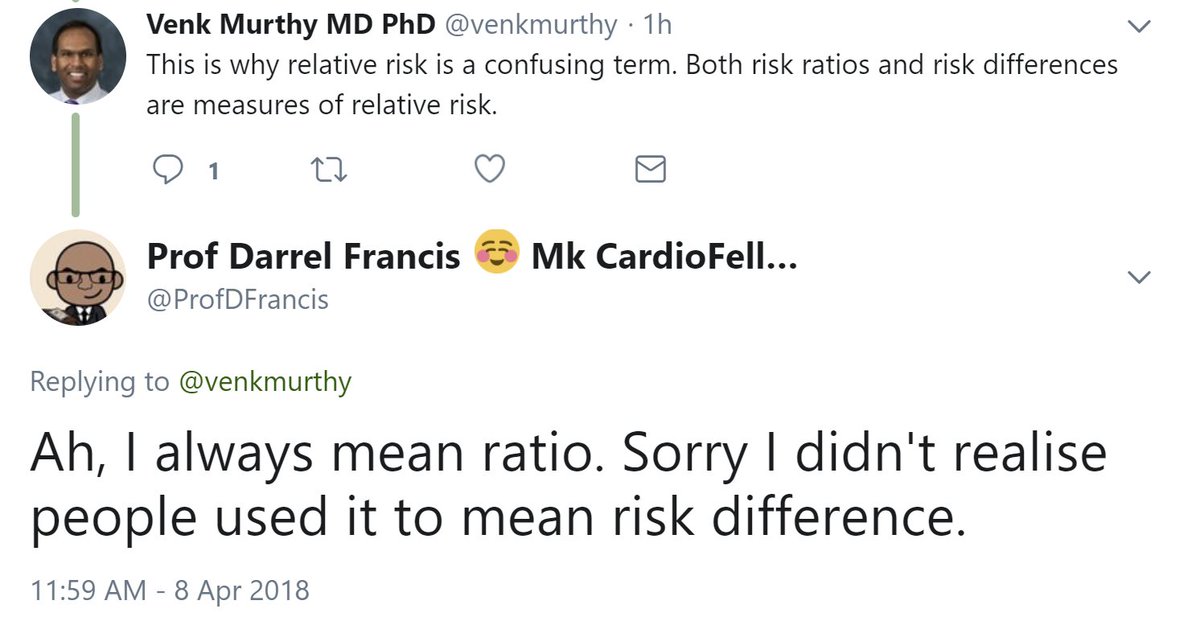
• • •
Missing some Tweet in this thread? You can try to
force a refresh



